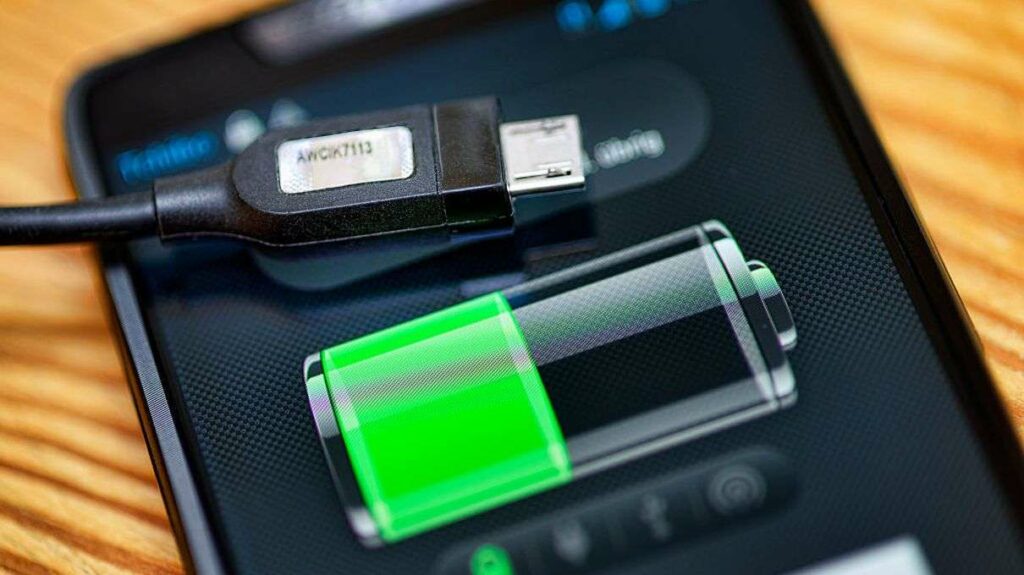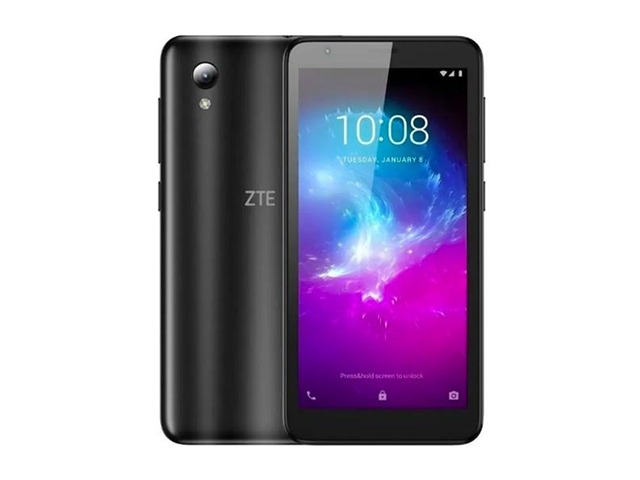Find Specifications Meanings By ZTE Blade L8 Review
When you want to get a new cellular phone, this ZTE Blade L8 review will make it easier for you to understand those tons of blurry jargon which you’ll find in ZTE Blade L8 brochure, e.g. storage capacity, exynos chip-set, battery performance (mAh), and display specifications.
After declaring ZTE Blade L8 by ZTE on 4/1/2019, this model has been Released 2019, April. However, this model status in the market is: Available.
When you purchase ZTE Blade L8, you will gain a 8 MP, AF rear camera and 8 MP, f/2.4 selfie camera. it Also has 16GB 1GB RAM, and 2000 mAh battery life (the more mAh value gives more strength to the battery).
with 5.0 inches, 64.5 cm2 display size.
ZTE Blade L8 comes with the following OS and chips:
* Android 9.0 Pie (Go edition) operating system,
* Unisoc SC7731E (28nm) Chipset
* Quad-core 1.3 GHz Processor.
To understand the meanings of device specifications, continue browsing this ZTE Blade L8 review.
The Body Specifications – ZTE Blade L8 Review
While choosing a mobile phone, one of the most important choices to be considered is the mobile phone’s body specs, which are body dimensions, body weight, and body build. You can read a ZTE Blade L8 review relating to the body features in the lines that follow..
* Body Dimensions: 137.4 x 67.5 x 10.5 mm (5.41 x 2.66 x 0.41 in) which mean height, width, and thickness (depth) respectively.
* Body Weight: 144 g (5.08 oz).
A mobile phone should be between 140g and 170g in weight, which is suitable for the majority of users.
.
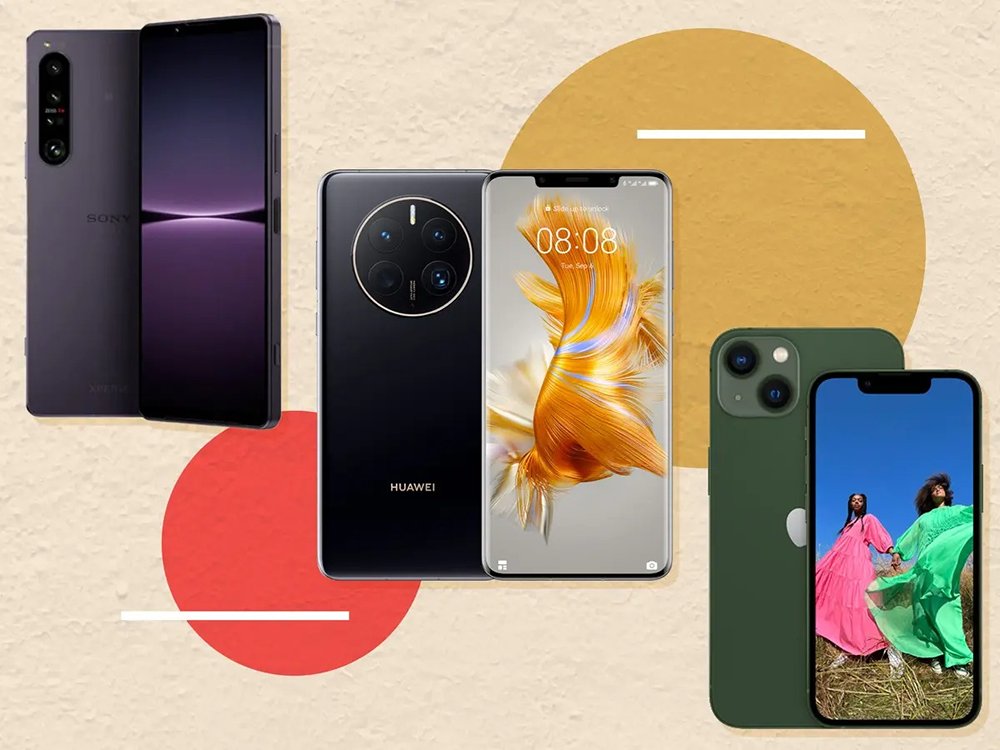
Get Your Preferred Color – ZTE Blade L8 Review
Competition between smartphone producers is no longer limited to technological matters, such as memory size, camera strength, and processor power. Rather, it went beyond competition in the colors of the smartphone covers, which have become significantly more varied.
ZTE Blade L8 comes in the following colors: Black, Blue.
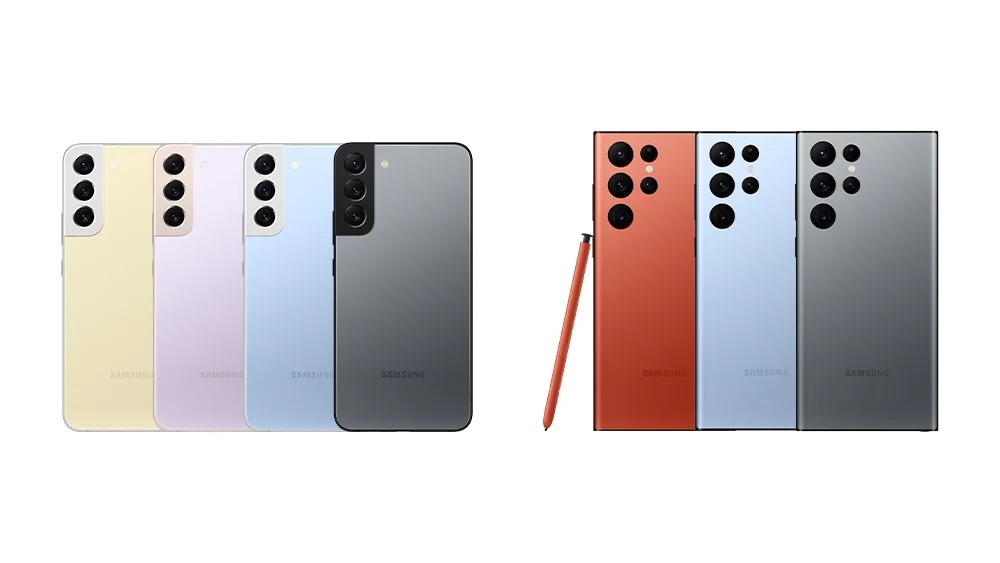
ZTE Blade L8 Review – Understanding Display jargon
The screen has always been an crucial part of cellular phone. Still, ever since the advent of full-screen touch cellphone, it has become imperious for manufacturers to provide the best display devices to consumers, it will boost the viewing and gaming experience.
Read on to find more about the primary screen features of ZTE Blade L8.
Display Type: IPS LCD – Always select a screen kind that offers actual black and more shining colors.
Display Size: 5.0 inches, 64.5 cm2 – Nowadays, cellphones often have screens that range in size from 4.7 to 6.5 inches.
Screen To Body Ratio: (~69.6% screen-to-body ratio). It gives the percentage of how much of the front face is covered by the display.. Smartphones that have the largest screen to body ratio look delicate and give it a premium look.
Display Ratio: 18:9 ratio. Aspect ratio is the relevance between the height and width of the smartphone screen. Taller aspect ratios like 19.5:9 is coming with the most modern smartphones, and it is suitable for web browsing, and other portrait orientation apps.
Display Resolution: 480 x 960 pixels. It is clarity of an image video in details and sharpness. The pixel resolution for high definition screens is 1920 x 1080.
Display Density: (~215 ppi density). It is the number of physical pixels per inch on a screen, and is measured in Pixels Per Inch (ppi).
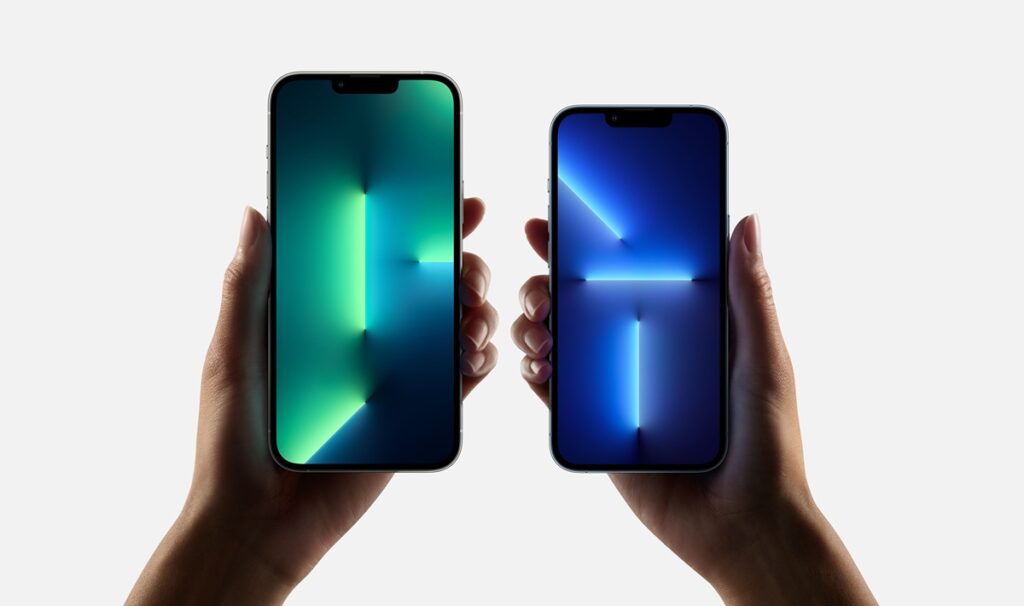
ZTE Blade L8 Review – Understanding Camera terminologies and characteristics
In the following lines, you will find ZTE Blade L8 review about the main cameras.
* Main Camera Single: {8 MP, AF}.
The following lines sort-out some of the symbols included in the camera spesc:
MP (Megapixels) is the resolution of the image taken by a cellphone.
(f value) is the aperture of a lens indicates how much light it lets in. A bigger aperture lets in more light, and vice versa..
(mm value) This measurement is of the lens’s focal length, which affects the final image that is produced by your camera.
AutoFocus (AF) is the function of a camera to automatically focus on a subject.
The main camera features are as follows:
HDR, 720p@30fps main video camera.
In the following lines, you will find ZTE Blade L8 review of the selfie camera:
* Selfie Camera Single: 8 MP, f/2.4
The main camera characteristics are:
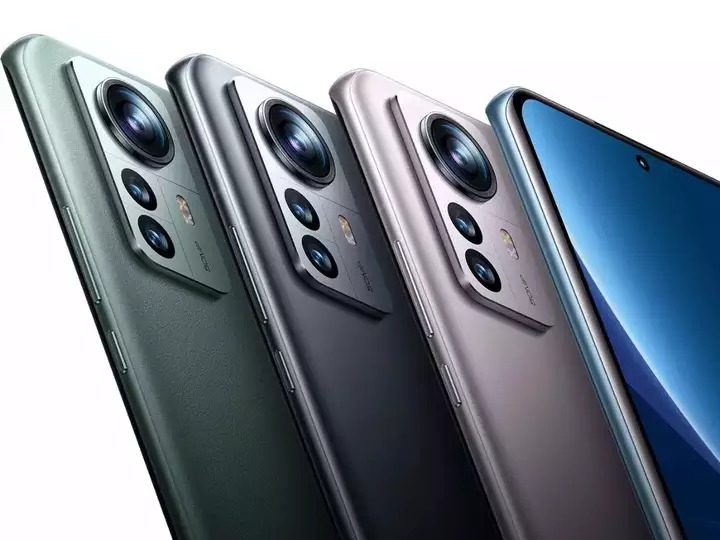
the SIM Card Specs – ZTE Blade L8 Review
The acronym SIM is used to refer to the Subscriber Identity Module. It is a electronic card that can be fitted into your phone to be able to access your phone’s communication features to make calls, send SMS, and connect to the 3G, 4G LTE, and 5G mobile internet. For more info about 3G / 4G networks, refer to ZTE Blade L8 3G or ZTE Blade L8 4G articles. SIM cards come in three sizes: Standard (Mini), Micro, and Nano. It is possible to use your phone without a SIM card, such as using the calculator, playing games, saving text or voice notes, and connecting to a Wi-Fi network to explore the internet.
This cellular phone model comes with Dual SIM (Nano-SIM, dual stand-by) card. For more information, refer to How to insert SIM card in ZTE Blade L8 article.
Here are the common SIM card types:
* Nano SIM. This removable SIM card size is the smallest available one, so it is the most modern one (other than eSIMs, which we’ll read about it very soon) and it’s used by the vast majority of modern device.
* Micro SIM. They have a little bit larger chip, and they haven’t been utilized too often lately.
* Standard SIM (Mini SIM). It is the biggest SIM card size in use, and it’s the most seldom used.
* eSIM. It is an embedded SIM card, i.e., you can’t take it off of your smartphone.
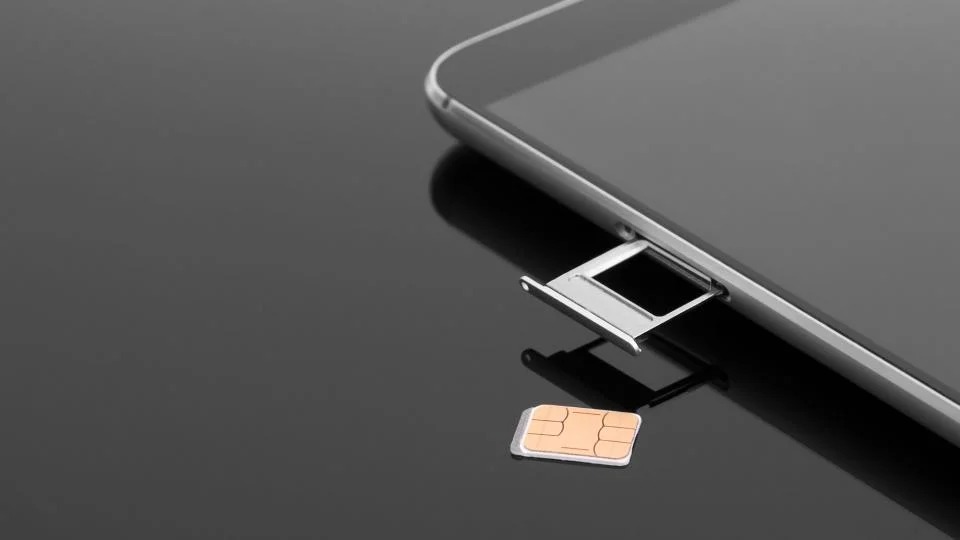
Chipset, CPU, and GPU – ZTE Blade L8 Review
This model has Unisoc SC7731E (28nm) chipset.
A chipset on a smartphone is most usually referred as a system on chip (SoC). It is an integrated circuit that combines all basic parts of a device on one chip. The most common types are: QUALCOMM Snapdragon, MEDIATEK CHIPSETS, and INTEL ATOM.
ZTE Blade L8 has Quad-core 1.3 GHz CPU.
The higher the number of cores, and the higher the number of processing speed the better the processor’s performance will be.
ZTE Blade L8 has the following GBU (Graphics Processing Unit): Mali-T820 MP1.
All graphics jobs are handled and accelerated by this chip, and the faster the GPU, the more powerful the cellphone will be.
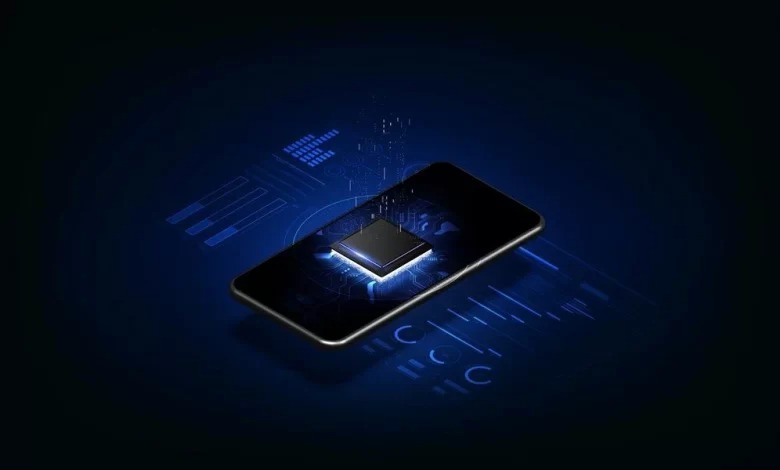
ZTE Blade L8 Review of the Storage Specs and Capacity
The quantity of storage that a new cellphone provides is one of the key decision considerations.. Actually, ZTE Blade L8 comes with microSDXC memory card slot, and the following internal storage: 16GB 1GB RAM
Two types of phone’s memory are available:
Internal: It is integrated inside the phone, and can’t be extended. Nowadays, the majority of cellphones have internal storage that is at least 32GB or 64GB and a few high-end models feature 256GB or 512GB.
External: It is a removable SD card used as an extra memory to save photos, music, videos, etc., regardless of the kind of SD card slot.
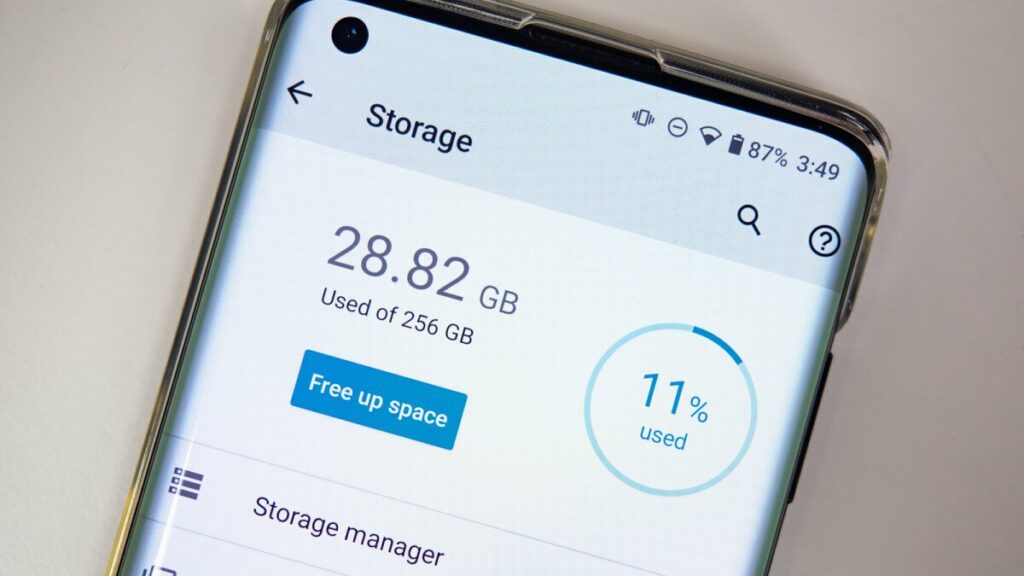
ZTE Blade L8 Review of Connectivity and Mobile Networks
A mobile network, (or wireless network), is a system for transmitting and receiving radio waves between mobile devices. It consists of base stations, each of which comprises a different zone that called “cell”. This makes it possible for several mobile devices such as mobile phones to connect together. Actually, there are 3 kinds of mobile networks in use: 3G, 4G (LTE), and 5G.
ZTE Blade L8 supports the following networks: 3G. For more info, refer to ZTE Blade L8 3G article.

ZTE Blade L8 Review – Available Wireless Connections
This model comes with the following wireless communications:
* WLAN connection: {Wi-Fi 802.11 b/g/n, hotspot}. Wireless Local Area Network uses Wi-Fi to communicate to the home or office wireless network using the local router and offers Internet access.
* Bluetooth connection: {4.2, A2DP, LE}. It is a common wireless communication protocol used to communicate two devices together over short ranges, allowing to share data between different devices.
* GBS connection: {Yes, with A-GPS, GLONASS}.Global Positioning System enables cellular phone to determine any position you need.
* USB connection: {microUSB 2.0}.Universal Serial Bus is wired technology that allows users to connect two devices, such as a smartphone with a PC, to either transfer data or to charge the connected device.
* Features Sensors: {Accelerometer}. The sensor is a device that detects and majors the changes in the nearby environment such like ambient light and motion.
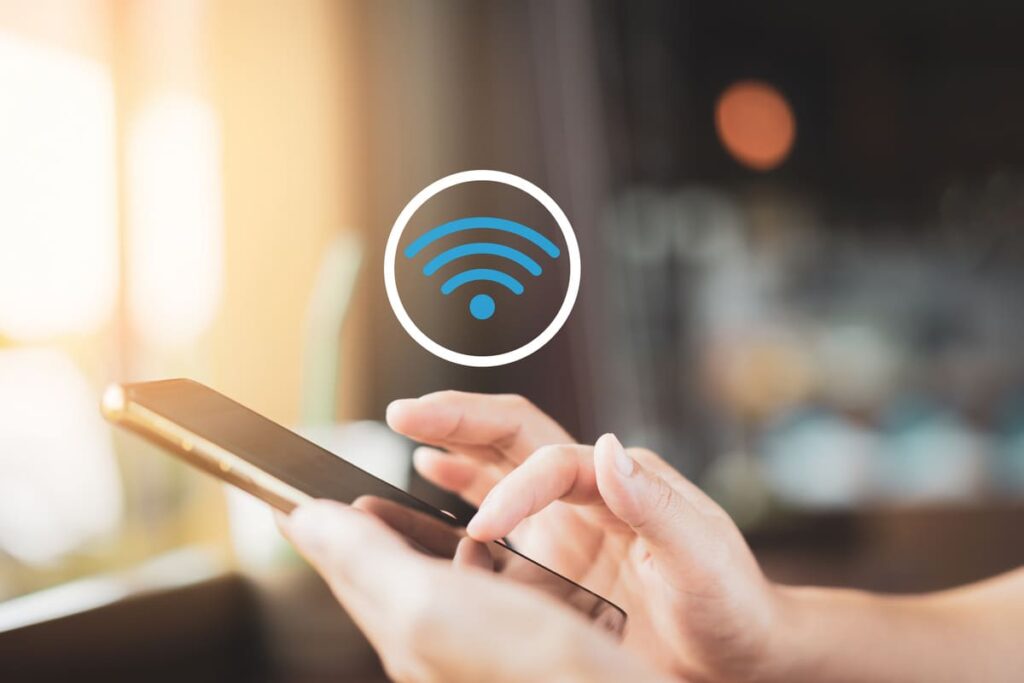
ZTE Blade L8 Review – The Operating System
This model comes with {Android 9.0 Pie (Go edition)} operating system.
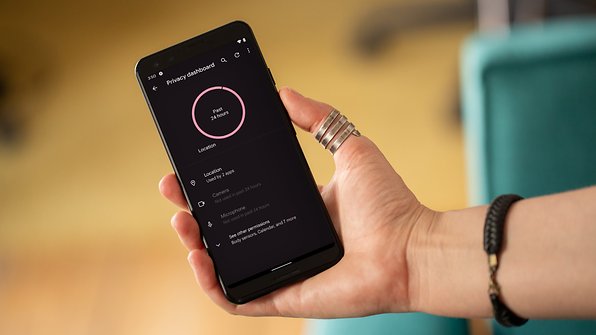
Main Specifications of The Battery – ZTE Blade L8
Nothing is more crucial than the battery of the smartphone that keeps these devices running and granting daily life working.The following lines are containing ZTE Blade L8 review of its main battery.
* Battery Technology: {Li-Ion}.
* ZTE Blade L8 comes with {non-removable} battery.
* Battery Capacity: {2000} mAh. It refers to the amount of storage volume a specific battery can provide. A battery with 3100 mAh capacity rating could supply a current of 3100 mA for one hour. Higher mAh ratings for the same battery kind will generally mean more working time.
